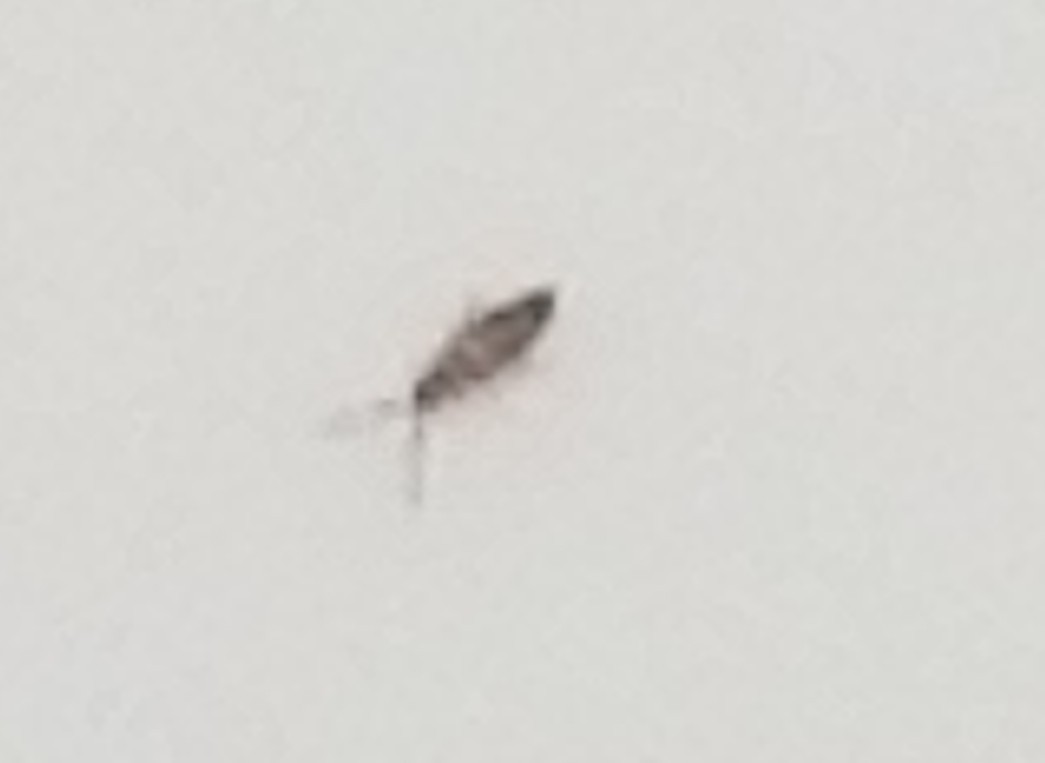

These beetles defoliate plants, reducing yields or killing young plants. They're found on potatoes, tomatoes, cherry tomatoes, eggplant, and petunias throughout North America. Hand-pick cutworms curled below soil surfaceĪdults are yellow-orange beetles with ten black stripes on wing covers.Cutworms chew through stems at ground level they may completely devour small plants in May and June. They are found on most early vegetable and flower seedlings and transplants throughout North America. Encourage native predators and parasitesĬutworms are fat, 1-inch-long, gray or black segmented larvae most active at night.Caterpillars chew on leaves or along margins some tunnel into fruits. They can be found on many fruits and vegetables, ornamentals, and shade trees. Mound wood ashes or red pepper dust around stemsĬaterpillars are soft, segmented larvae with distinct, harder head capsule with six legs in the front and fleshy false legs on rear segments.Avoid first generation by delaying planting.Set out transplants through slits in tar-paper squares.Play icon The triangle icon that indicates to play To control these destructive creatures, try these methods: The maggots tunnel in roots, killing plants directly or by creating entryways for disease organisms. These stick to cabbage-family crops, especially Chinese cabbages, and live throughout North America. For severe problems, apply horticultural oil, insecticidal soap, or neem oil.Apply hot-pepper or garlic repellent sprays.When feasible, cover plants with floating row covers.Encourage native predators and parasites such as aphid midges, lacewings, and lady beetles.Aphids suck plant sap, causing foliage to distort and leaves to drop honeydew excreted on leaves supports sooty mold growth and feeding spreads viral diseases. They usually hang out on most fruits and vegetables, flowers, ornamentals, and shade trees throughout North America. These tiny, pear-shaped critters have long antennae and two tubes projecting rearward from their abdomen. Since some pesticides can hurt the beneficial bugs that actually help your plants, try these easy control measures first before resorting to the strong stuff. Luckily, it's possible to keep unwelcome visitors away.
Tiny bug with black and white stripes full#
No gardener wants to see insects wreaking havoc on a bed full of ripening produce.


 0 kommentar(er)
0 kommentar(er)
